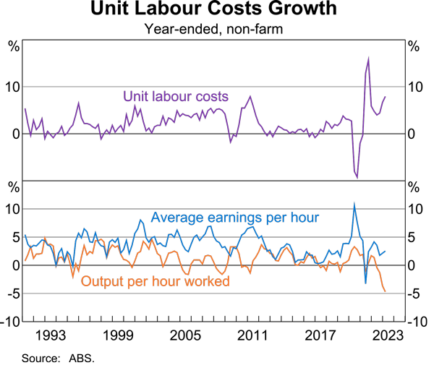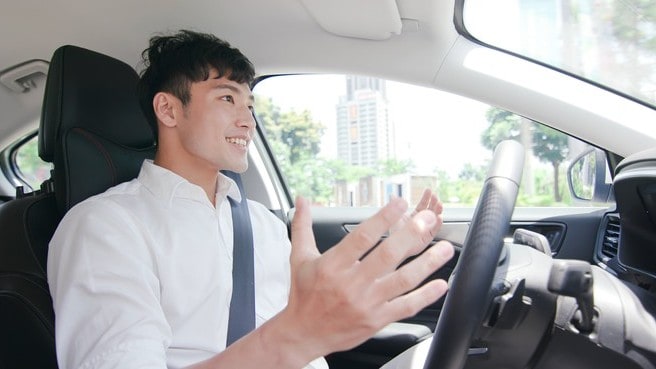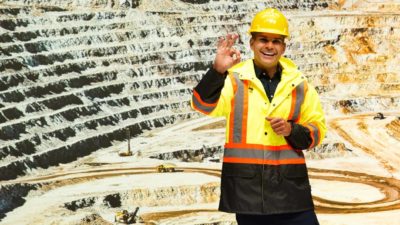Operating margins at the electric vehicle (EV) company have eroded amid aggressive price cuts. In the third quarter, margins sank to 7.6% from 17.2% in the prior corresponding period — some analysts are also expecting further falls in the upcoming Q4 result. Yet, I'm as eager as ever to buy more Tesla Inc (NASDAQ: TSLA) shares.
I'm sure it sounds outrageous to want to invest more capital into a company with declining margins. However, below, I'll explain my reasoning for this bullish sentiment at a time when most are convinced the EV maker is about to be consumed by competition.
Adding Tesla shares in anticipation of its iPhone moment
I've owned shares in Tesla for several years now. For much of this time, the choice to invest was led by my expectation of widespread electric vehicle adoption and the company being a leader in autonomous driving.
Although, I'm starting to think cars (autonomous or not) might be just the tip of the iceberg for Tesla. Much like Apple Inc's (NASDAQ: AAPL) first decades being dominated by Mac computers, the biggest opportunity might still be ahead of Tesla (aka, its iPhone moment).
Last week, Tesla founder Elon Musk shared the latest demonstration of its autonomous humanoid robot. I was astounded. As shown above, the bot steadily folds a shirt without any assistance. Albeit slowly and while tethered (i.e. not through its onboard processing). Still, it illustrates the pace at which robotics is evolving at Tesla.
So why do I want to buy more shares after a basic demo?
Mature economies need it
The developed world is suffering a productivity drought. Australia and many other mature economies are seeing labour productivity growth decline. In recent years, Australia has experienced a fall in output per hour worked, shown below.
Ultimately, countries need innovation to continue increasing gross domestic product (GDP) per capita and maintain improving living standards.

Autonomous robots, such as those being developed by Tesla, might be the antidote. I see this being impactful in two ways:
- Unlocking more time for people via household applications
- Significantly reducing the cost of labour for manufactured goods
On the second point, labour is the largest cost component of physical goods. If a robot can operate for three times as long — at the same efficiency as a person — for half the cost, the deflation in the price of goods could be enormous.
This would mean immense quality of life improvements for the populous.
Adapt or die
If Tesla can commercialise the Optimus Bot, the flywheel effect could rapidly kick in. During the Industrial Revolution, you implemented machine tools or went out of business.
When an invention greatly increases productivity, there is no way of competing using old methods. The Howe's sowing machine of the early 1800s performed 640 stitches per minute versus the 23 achieved by hand.
This is a possible scenario if autonomous bots are created. If one company in an industry uses them, all companies will likely scramble to roll it out. The likely alternative is to stick with costlier methods, driving customers away to cheaper options.
Thinking long-term about Tesla shares
I firmly believe an individual investor's greatest advantage is to think in decades and not quarters — as do many 'professional' analysts.
There might be some weaker results ahead for Tesla. However, the rate of innovation inside the company gives me confidence that the next decade could be bright.
In addition, my assigned probability of the Tesla Bot coming to fruition has increased following the latest snippet. I'm not saying commercialisation is guaranteed — far from it… but it looks more likely now than a year ago.









